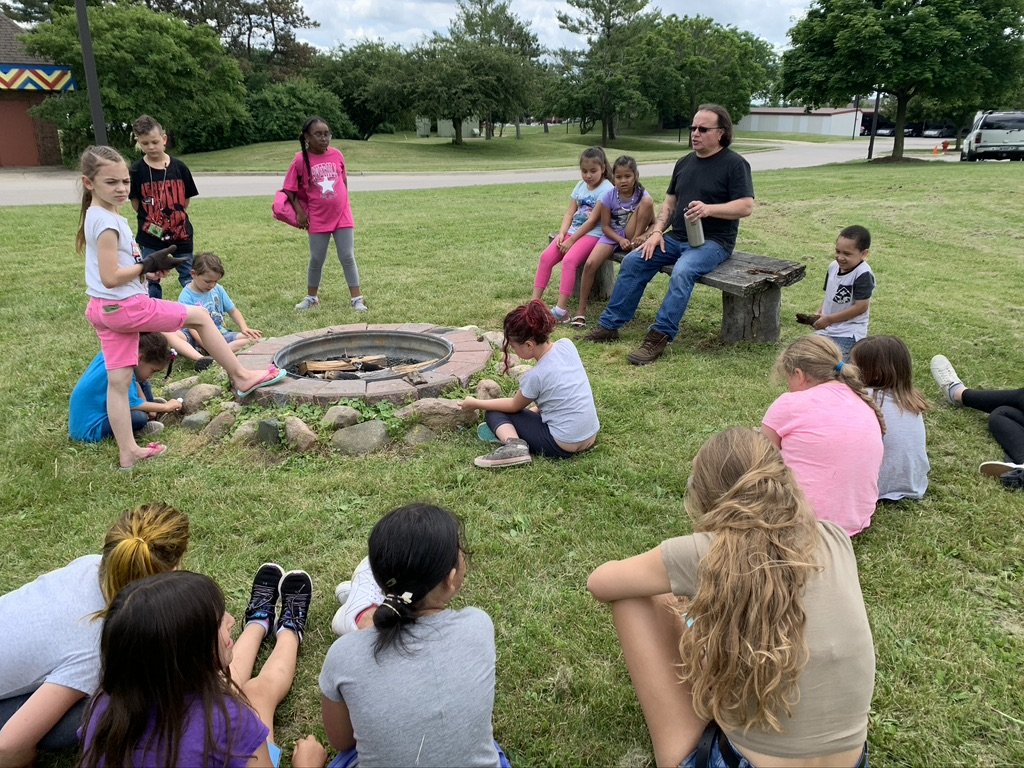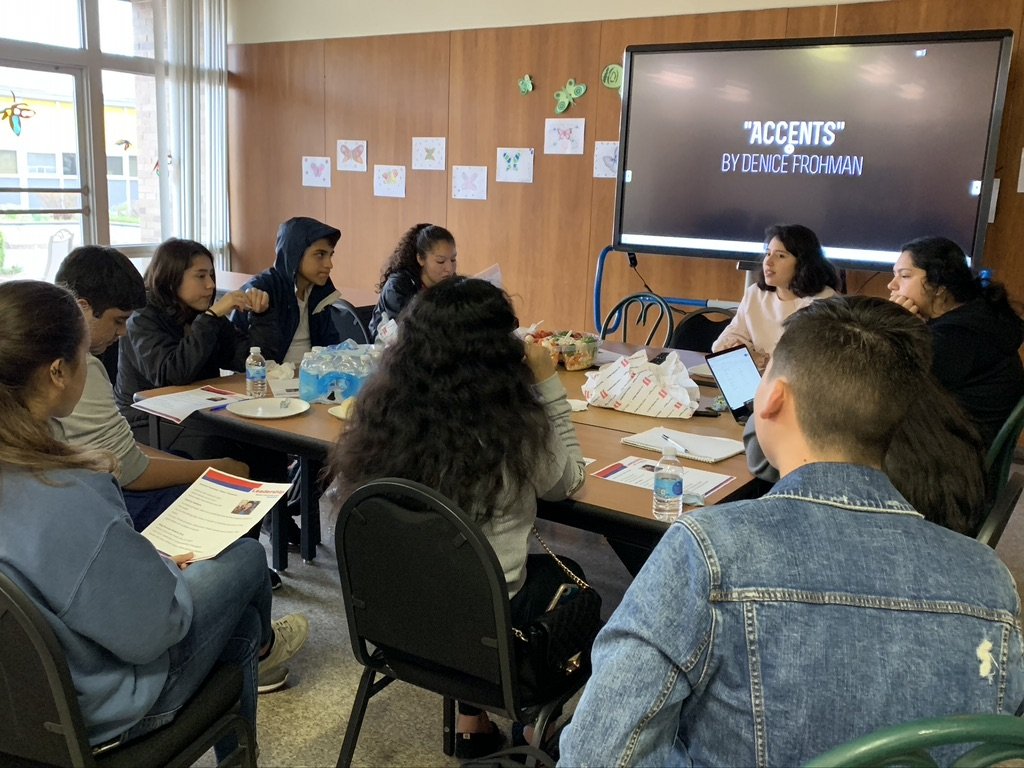
Germinate
Radical reciprocity germinated in three tensions embedded in the public promise of the land-grant university model. Land-grant educators and administrators wrestle with these and other ideas in (Up)Rooted: Conversations on Institutional Change: A Radical Reciprocity Podcast. Further down, find out more about these historical tensions and radical reciprocity’s potential as liberation.
(Up)Rooted: Conversations on Institutional Change
Each episode of (Up)Rooted: Conversations on Institutional Change will feature discussions between our hosts, and faculty, students, and community partners involved in radically reciprocal projects at Michigan State University and around the globe.
Land Grant Tensions
What can be broadly defined as a mission to “serve a public purpose” has long driven the land-grant system of public colleges and universities. This mission, however, was drafted during a time of widely different social contexts, financial and intellectual resources, and national priorities (1865). Since then, the number of LG colleges and institutions have increased significantly (1865, 1890, 1994). Their focus has shifted from agriculture to industry. And, finally, the not-for-profit fiduciary and public interest model and mission that once funded the LG system has been dropped in favor of a commercial model. Clearly, the LG mission has evolved. Like other “public” universities, LGs largely focus outward toward expanding US national interests abroad (e.g., World-grant institutions). With that, institutional priorities have shifted. Where once the LG purpose was public, most efforts today appear guided by revenue generation. We have identified three critical tensions brought about by the shift from the public to the private, all of which can be addressed by the radical reciprocal model. Radical reciprocity can better guide LG institutions internal practices, motivations, and value-added systems not to discontinue commercialized models but rather to better these models and others with an LG mission in need of evolution.
Tension 1: The LG model renders unnecessary relational connections with communities.
How universities say they should engage with communities and the expectations of communities with whom universities engage have changed profoundly in the past 25 years. Higher education shared a critical role in movements for increased community participation, local inclusion, participatory research, design and arts methodologies and engagement with system change processes. The academy now seems to understand the need for measurable change in diversity, equity and inclusion (DEI) inside and outside the academy as urgent. Twenty-five years ago, universities largely celebrated diversity and inclusion – inviting a diversity of people to enjoy what Charles Eisenstein (2020) calls a “banquet of whiteness” without addressing the inequities embedded in what is served, who decides the menu and the seating arrangements.
Eisenstein and some post-development scholars argue that institutions such as universities need a complete pluriversal rearrangement of the table itself (Escobar, 2018). We need many different communities to do more than sit at the table. They need to join us in picking the food, enjoying its flavor, and learning from engagement with one other. In other words, inclusion must be understood in the context of unearned white privilege and white supremacy as root causes of inequity, injustice, disenfranchisement, and marginalization in the university and across many U.S. institutions. John Muir College Provost K. Wayne Yang (2017), writing under the pseudonym la paperson, calls for the university, in the face of such systemic and ongoing discrimination and rising inequity -- to be decolonialized.
Tension 2: The LG model prioritizes and commercializes a unidirectional diffusion of knowledge.
The expression of the LG mission — organized as teaching, research, and outreach — has seen minimal change overtime. Its key output continues to be led by “expert knowledge” flowing outward from institution to community. The current commercialized model, however, situates communities as subject of research or end user of new knowledge and technology. Given the ongoing centrality of capitalism as the primary economic system in which the academy functions, simply abandoning commercialized model will not solve the problems associated with commercialization and the limits of growth and change.
We propose that LGs evolve their public missions to adopt a radically reciprocal form of engagement. LGs must change the unidirectional flow of knowledge so that communities serve as experts and co-producers of knowledge inside and outside LG institutions. In this way, community becomes a necessary partner working with higher education to adapt the economic system in which higher education functions – rather than market. This widens the focus to social progress and the valuing of the diverse relationships through which knowledge and services are both produced and utilized.
Tension 3: The LG model marginalizes local and global economies concerned with social, environmental, economic and cultural resilience.
The current LG mission supports an academic capitalism model. This model requires that scholars seek external funding to drive their research so that research outputs contribute to commercial applications in the global market. As LG institutions continue to generate revenue from faculty research, they will continue to concentrate support in high revenue generating fields such as STEM and entrepreneurial research. However, unlike other higher education institutions, LG institutions are public-serving and there are a variety of public-serving needs that prioritize the social sciences, humanities and the arts. In their simplest forms, these three areas have utilitarian motivations that contribute to the common good by saving money and improving lives. However, long-term sustainability requires broad forms of social-ecological-cultural stewardship that emphasizes people, communities, economies, societies, cultures, and natural resources.
The tripartite LG mission—teaching, research, and service—can be strengthened if the government invests in transdisciplinary research. A transdisciplinary approach will assist in exploring and finding solutions to systemic problems. By placing value on transdisciplinary research practices, LG institutions, local communities, and the global public can better address social, environmental, and economic community problems.




